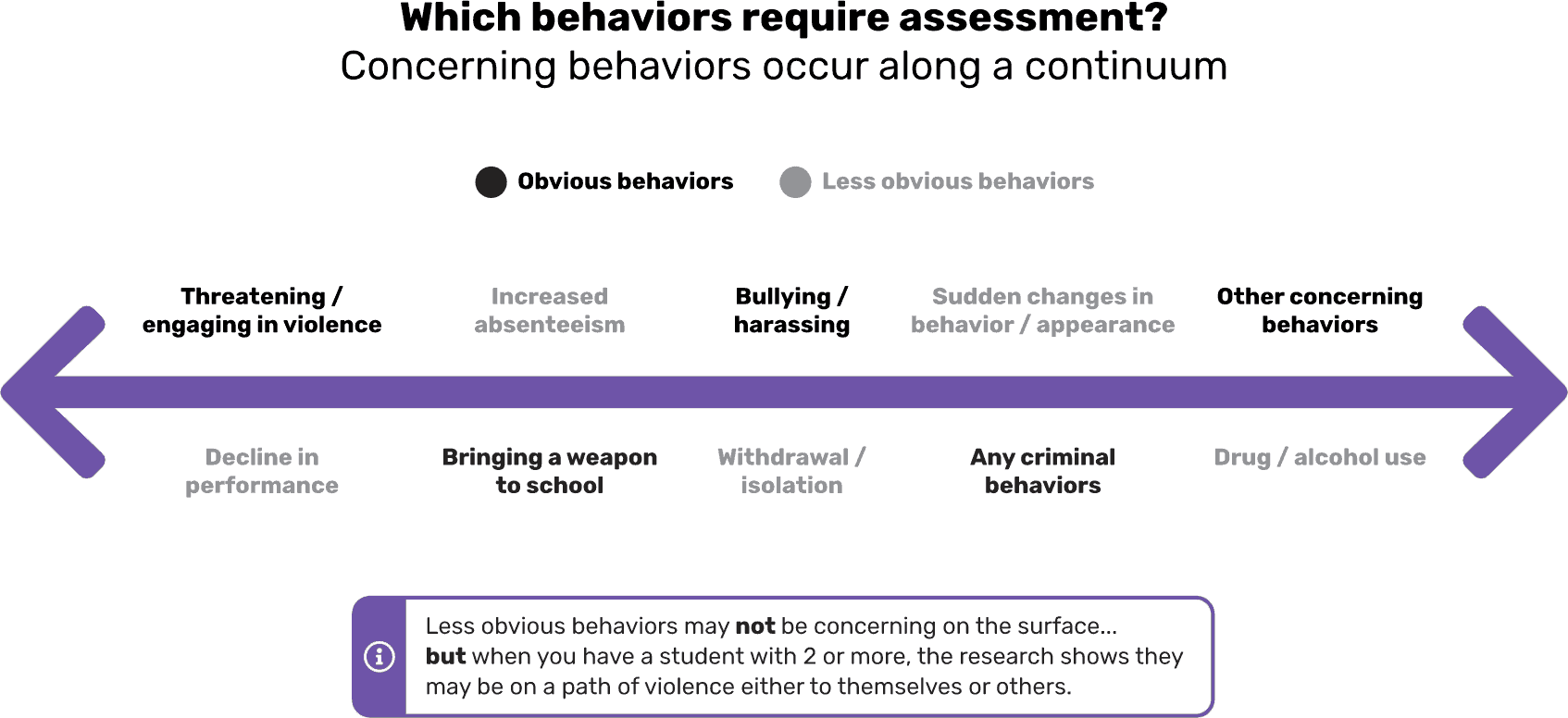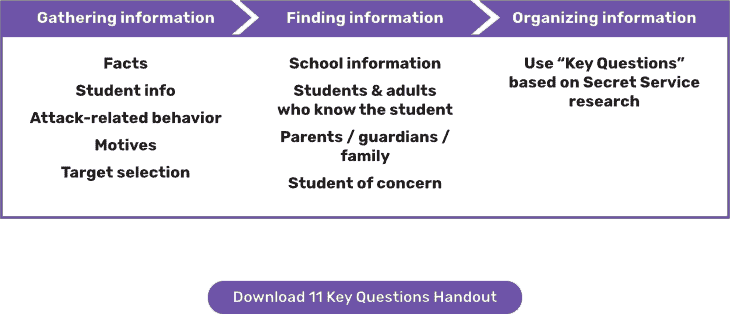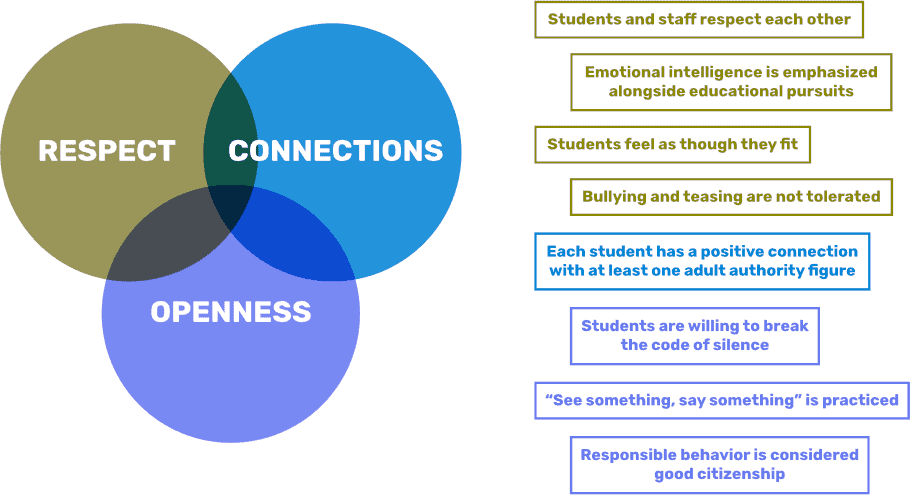The central question in behavioral threat assessment is whether the student poses a threat – not whether the student made a threat.
Student threat assessment is an approach to addressing the problem of targeted school violence. As an important component of an overall strategy to reduce school violence, the goal of behavioral threat assessment is to create cultures and climates of safety, respect and emotional support.
Here we’ll share some important perspectives and guidance on how to get started with building a threat assessment program and learning more about Alice Remote Training Seminar.
Expert Perspective on Behavioral Threat Assessment
The U.S. Secret Service, through its National Threat Assessment Center, is a leading resource on ways to assess threats and understand indicators of targeted violence. K-12 school environments form one major area of focus for the Secret Service’s work, with several comprehensive research studies and guides available for schools’ use.
The Secret Service’s work highlights a few key findings that should be taken into consideration when building a behavioral threat assessment program:
- Incidences of violence were rarely impulsive.
- Students planned attacks well in advance with behavior that was oftentimes observable.
- Prior to attacks, other students knew the attack was going to occur.
- There is no profile of a student attacker.
Resources
Key Questions to Guide Behavioral Threat Assessment
The US. Secret Service National Threat Assessment Center has identified eleven key questions that produce a sound foundation to answer the overarching question in a threat assessment inquiry: Does the student of concern pose a threat of targeted violence at school?
Thoughtful analysis of these key questions provides a crucial lens through which the threat assessment team formulates its response and recommendations.
Building your threat assessment teams
Your threat assessment team is the group of people who will direct, manage, and document your threat assessment process.
Steps to creating a strong behavioral threat assessment team:
- Align your team with your district needs – consider your district’s size, population, geography, community, etc. when determining the size and composition of your team
- Include various disciplines – your team should include the following roles:
- School faculty/administration
- Investigator (your SRO or a police officer assigned to your school)
- Mental health professional
- Other professionals, such as guidance counselors, teachers, coaches, etc.
- Designate a team leader
- Meet on a regular basis – even if there are no active cases, it’s important to meet regularly to build team rapport and practice skills
Defining the process
With your team in place, it’s important to build a clear, consistent approach to assessing and investigating threats.
Steps to creating your threat assessment process:
- Define prohibited or concerning behaviors. While there are some types of behavior that pose obvious threats, other signals can be more subtle. Use a low threshold to determine what types of behavior require intervention.

- Create a central reporting system. If a threatening situation results in legal action, a carefully documented investigative file will be an important asset that helps reduce your liability. The ideal reporting system will:
- Establish more than one option for reporting a threat – such as a tip line, email, text, etc.
- Allow you to respond immediately to safety concerns and document them
- Create confidence that reports will be acted upon, kept confidential, and handled appropriately
- Provide training and guidance to reinforce the idea that reports will be acted upon
- Determine the threshold for law enforcement intervention. Many incidents, such as those related to suicide, bullying, drugs, self-harm, and depression, can be handled by school personnel. Typically, weapons, threats of violence, physical violence, or concern for personal safety warrant law enforcement intervention.
- Establish assessment procedures. The process of assessing a threat should be handled comprehensively and consistently across each case.

- Develop risk management options. Removing a student from school does not eliminate risk for the school community. Individualized management plans should be designed to reduce the student’s risk for engaging in violence, and they should remain in place until the threat assessment team’s concerns are resolved.

What makes a culture of school safety?
A strong behavioral threat assessment program is one of many valuable tools for creating a positive school culture and a safer learning environment. The following are key elements of a culture of school safety:




